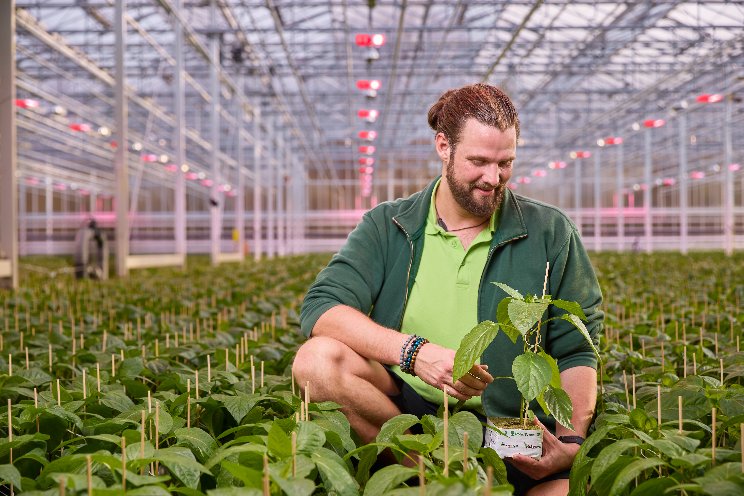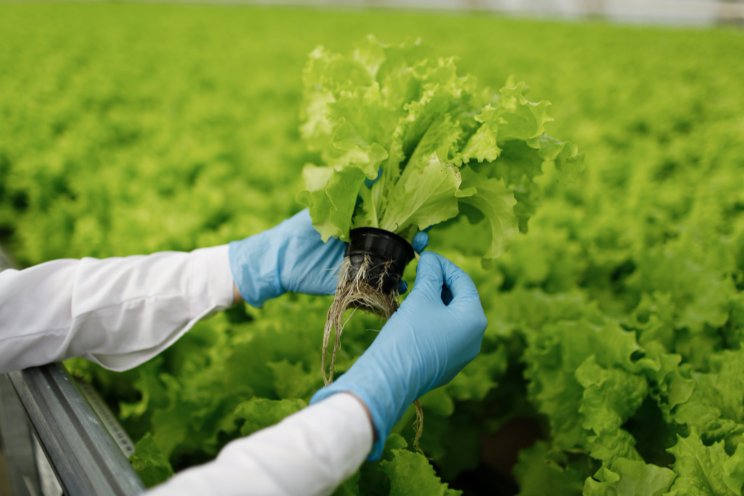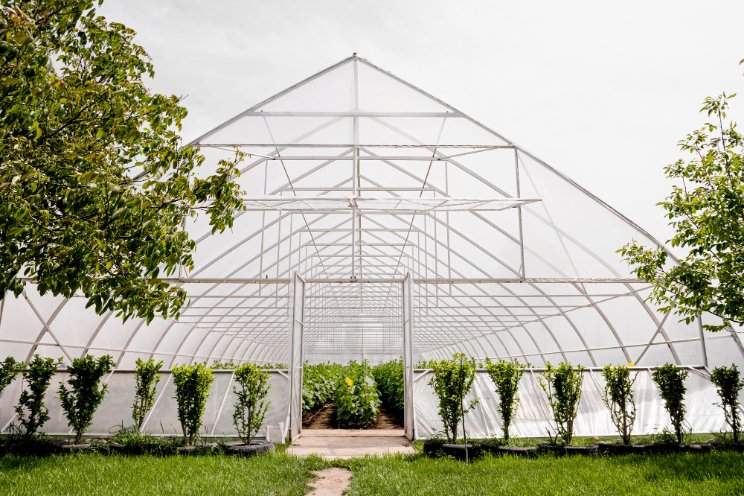Spring greening: Avoiding chlorosis on annuals
Added on 20 March 2023

Fertilizers are a powerful tool for spring annual production. We aim to produce plants that are free of visible deficiencies that may reduce marketability. However, problems can occur and it is not uncommon to spot yellowing foliage among your crops. Plain and simple, chlorotic foliage, like any other visible deficiency or toxicity symptoms, can reduce crop marketability. This article will go over the three most common types of chlorosis you will see on spring bedding plants, including describing the different symptomatology, as well as the causes of and solutions for remedying the different deficiencies.
There are three different deficiency symptoms that cause leaves to turn chlorotic, and we will cover them here. First, the general yellowing or chlorosis resulting from nitrogen deficiency develops on the oldest leaves. Since nitrogen is a mobile nutrient, it will leave older growth for re-assimilation into the new growth. Magnesium is another mobile nutrient like nitrogen, so deficiency symptoms will also appear on older leaves. Unlike nitrogen, the chlorosis is interveinal; areas around veins in the leaf stay green with areas in between yellowing. Like magnesium, several micronutrient deficiencies including iron, zinc, copper and manganese appear as interveinal chlorosis, but on the newest growth as opposed to the old growth since these nutrients are immobile within the plant. Once you can determine which type of chlorosis you are seeing, it is time to try and determine what is causing it.
Image by senivpetro on Freepik
More news















